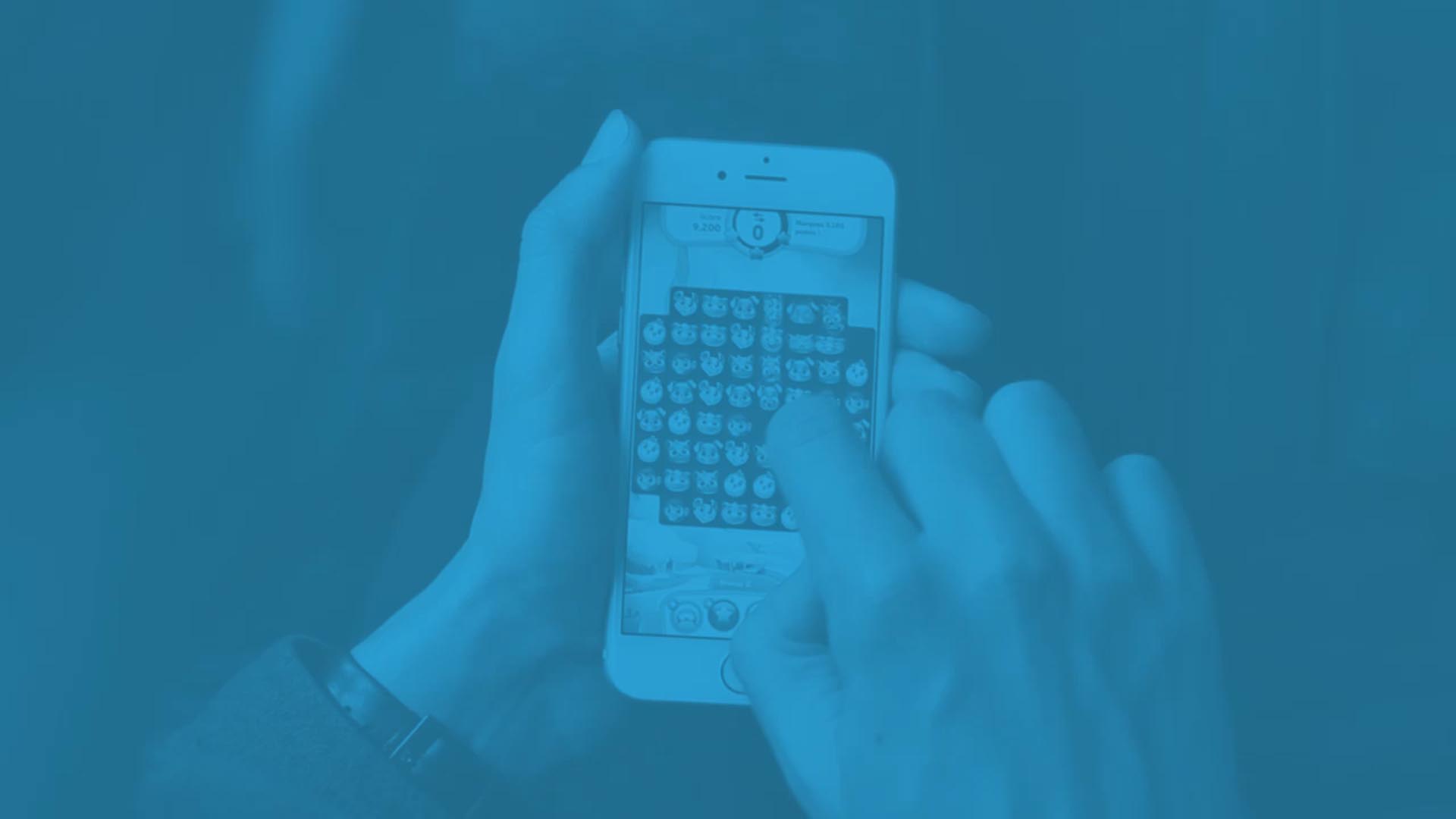HomepageJuly 25, 2018
WE CARE ABOUT YOUR PRODUCT
For over ten years, adspree has been helping game publishers to market, advertise and monetize their games. Our innovative approach, cutting-edge techniques, and amazing team ensures that nobody does it better.
We combine our own exclusive in-game inventory and wholly-owned gaming portals with inventory from carefully selected advertising partners.
Our clients can benefit from brand-led campaigns that use the power and reach of TV, influencer and social marketing.
We are passionate about gaming and believe in the power of quality marketing innovation. It is our mission to help our partners turn great games into commercial successes.
WE EXCEED EXPECTATIONS
We understand that a happy team is an effective team. We take great pride in the creative freedoms, inclusive attitude, and forward-thinking ethos that embodies our working environment.
10236
Hours spent on SteamWe play your games in order to understand your products.
11
TOFUWe frequently eat together at our beloved “Thursdays Outstanding Food Unity” event.
1337
Annual bad jokesWe achieved a great working environment 🙂





